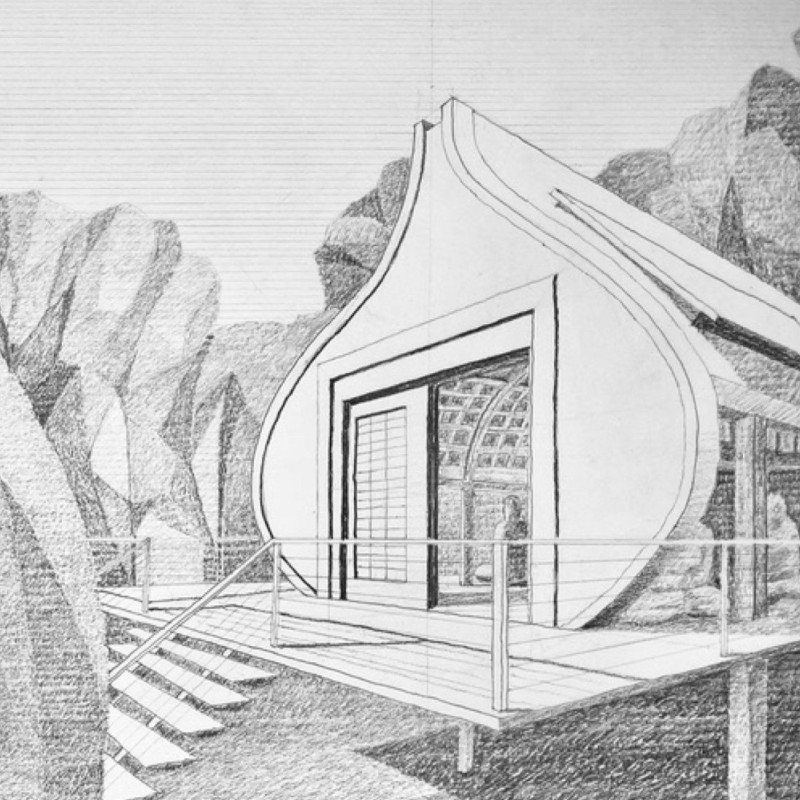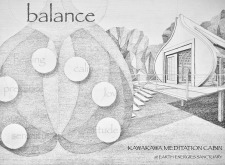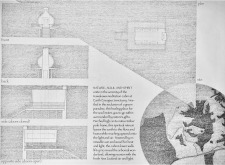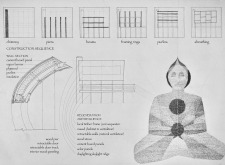5 key facts about this project
The design of the cabin articulates a relationship between built form and the environment. Its shape is inspired by organic elements, allowing the structure to blend seamlessly into the landscape. The meditative purpose of the cabin informs its layout, which features designated areas for individual contemplation. The elevated design not only allows for unobstructed views of the surrounding area but also serves to enhance the user's experience of the natural environment.
Unique Construction Approaches
A distinguishing feature of the Kawakawa Meditation Cabin is its retractable walls, which facilitate flexibility and interaction with the environment. This design choice allows for natural ventilation and invites the outdoors in, effectively breaking down barriers between the interior space and nature. The careful selection of local materials, including timber, cement board panels, and plywood, underscores a commitment to sustainability, ensuring that the project minimizes its ecological footprint.
Another notable aspect is the integration of solar panels, which contribute to renewable energy generation, supporting the cabin's self-sufficiency. Moreover, the use of a skylight ridge offers abundant natural daylight, enhancing the interior ambiance and reducing reliance on artificial lighting during the day. These elements combine to elevate the architectural design, demonstrating a holistic approach to building in harmony with the earth.
Spatial Organization and Functionality
The interior layout of the Kawakawa Meditation Cabin is intentionally sparse and unencumbered, focusing on simplicity while providing essential amenities to support meditation practices. The spatial organization allows for a fluid movement between zones that cater to various meditation styles, whether solitary or group-centered. Architectural sections and plans illustrate how the design maximizes usable space while remaining mindful of the surrounding landscape.
The structure exemplifies thoughtful architecture, integrating aspects of natural healing and wellness into its aesthetic and functional components. The emphasis on environmental harmony and sustainability positions the cabin as a model for future projects aiming to balance human needs with ecological considerations.
To explore further details about the architectural plans, sections, designs, and innovative ideas behind the Kawakawa Meditation Cabin, interested readers are encouraged to delve deeper into the project presentation for comprehensive insights.


























